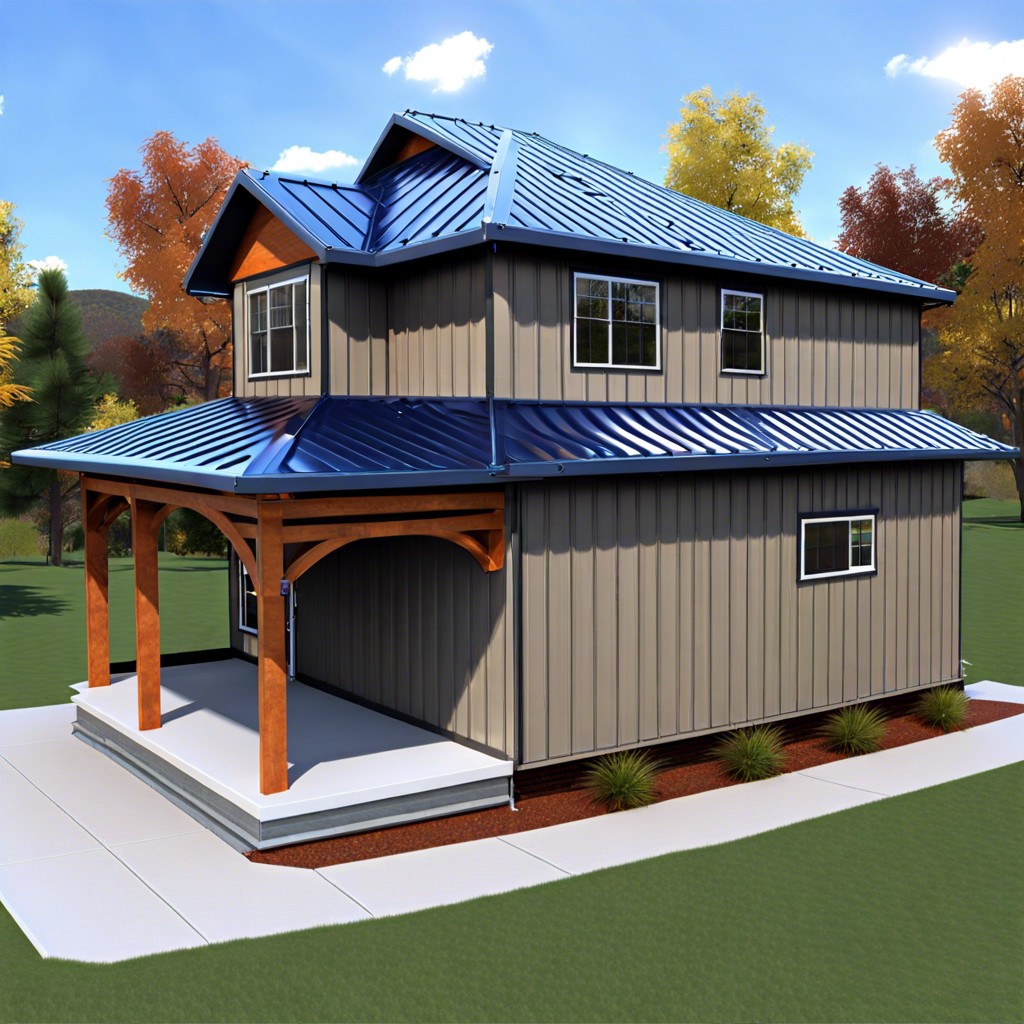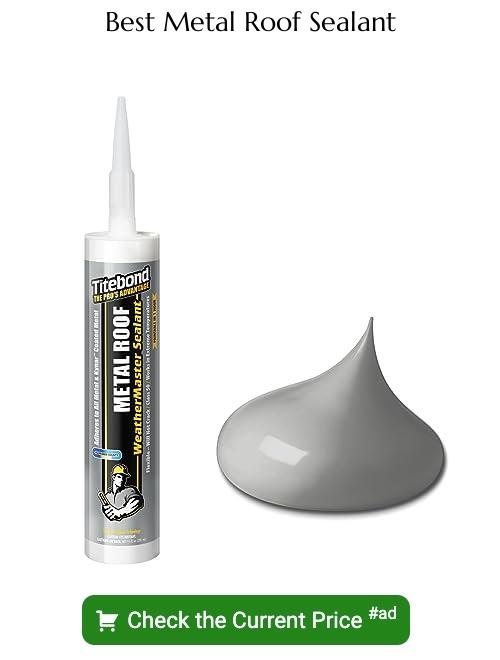Last updated on
Discover the minimum pitch requirements for metal roofs and ensure your roofing job is done right.
Key takeaways:
- Proper pitch prevents water pooling and structural issues.
- A good slope ensures efficient water and snow runoff.
- Roof pitch affects water drainage and wind resistance.
- Steeper slope enhances water drainage and durability.
- Correct pitch prevents leaks, snow buildup, and damage.
What Does Minimum Slope For a Metal Roof Mean?

It’s not rocket science! The minimum pitch for a metal roof is simply the lowest angle at which your metal roof can be installed while ensuring proper function and longevity. Think of it as the Goldilocks angle – not too steep, not too flat, just right for shedding water and handling the elements.
A roof’s slope is usually expressed as a ratio, such as 3:12. This means for every 12 horizontal inches, the roof rises 3 inches vertically. Picture it like a gentle ramp versus a steep hill.
Here’s why hitting that sweet spot matters:
It ensures water drains properly. A pitch too shallow might lead to your roof looking like a lake after a downpour. Not ideal.
Helps with snow load. In snowy climates, a minimum slope ensures snow slides off rather than building up and turning your home into a freezer box.
Enhances the roof’s structural integrity. Too flat, and it might take a bow over time. Too steep, and it could become a sail in strong winds.
So, next time you gaze up at a metal roof, think about that minimum slope—it’s there to keep everything flowing smoothly and staying strong.
Why Is the Slope On a Metal Roof Important?
Water can be tricky. If your metal roof doesn’t have the right slope, you’ll be catching more than just rain. First off, without the proper pitch, water doesn’t flow off efficiently. Instead, it can pool up, and trust me, no one likes a rooftop swimming pool. This can result in leaks, rust, and all sorts of headaches.
Also, the slope ensures your roof can handle wind better. Ever seen a metal roof flapping in the breeze? Spoiler: it’s not supposed to do that. A properly pitched roof is like the aerodynamic star of the building world. It cuts wind resistance and improves overall stability.
Lastly, snow. If you live in a winter wonderland, a good slope helps snow slide off effortlessly. You don’t want your roof doing an impression of Mount Everest. Less snow means less weight and lower chances of collapse. Keep it sloped, keep it safe. It’s just common sense – but with a bit of pizzazz!
Understanding Roof Slope
Roof slope, or pitch, is pretty much the angle at which your roof sits. Imagine sliding down a hill—steepness matters, especially if you’re planning any sled races or trying to avoid the slip-and-slide effect indoors.
Measured using a ratio of vertical rise over horizontal run, the pitch can look like something as simple as 3:12, meaning 3 inches of rise for every 12 inches of run. No rocket science required here.
Now, let’s be real, the steeper the roof, the faster snow, and rain scamper off. Flatter roofs just let water hang around, inviting it to a pool party you didn’t ask for. Even for the geometry-averse, these basics really help keep the structure dry and durable.
It’s also essential to consider, since building codes and metal roof manufacturers often have specific slope requirements for their products. You wouldn’t want a roof that looks more like a lazy couch when it’s meant to resemble an A-frame, right?
Why Does Slope Matter For Your Metal Roof?
Water Drainage: The slope of a metal roof is like a slide for water. When the angle is right, rainwater swooshes off, preventing puddles and leaks. Without proper drainage, water could sneak into seams or fasteners, causing pesky leaks.
Weather Resistance: Think of the roof slope as your shield against the elements. A steeper angle wards off snow build-up like a pro, reducing weight and the risk of roof collapse. It also helps in wind resistance, allowing strong gusts to glide up and over rather than pushing against the roof.
Now, that’s some serious roof wizardry!
Water Drainage
A steeper slope on a metal roof is like giving your roof a superpower: water drainage. Here’s how it works:
First, gravity becomes your roof’s best friend. Water naturally flows down quicker on a steeper pitch, reducing the chance of puddles and leaks. Think of it as a rooftop waterslide for rain.
Second, it helps keep debris in check. Leaves, twigs, and other rooftop riffraff can easily roll off instead of clogging up the works. Less debris means less maintenance and fewer headaches.
Lastly, the faster water drains, the less time it has to sneak into any tiny gaps. This means a tighter, tougher, and more resilient roof.
Having a slope that encourages swift water drainage isn’t just smart; it’s essential. Because nobody wants a soggy roof, right?





